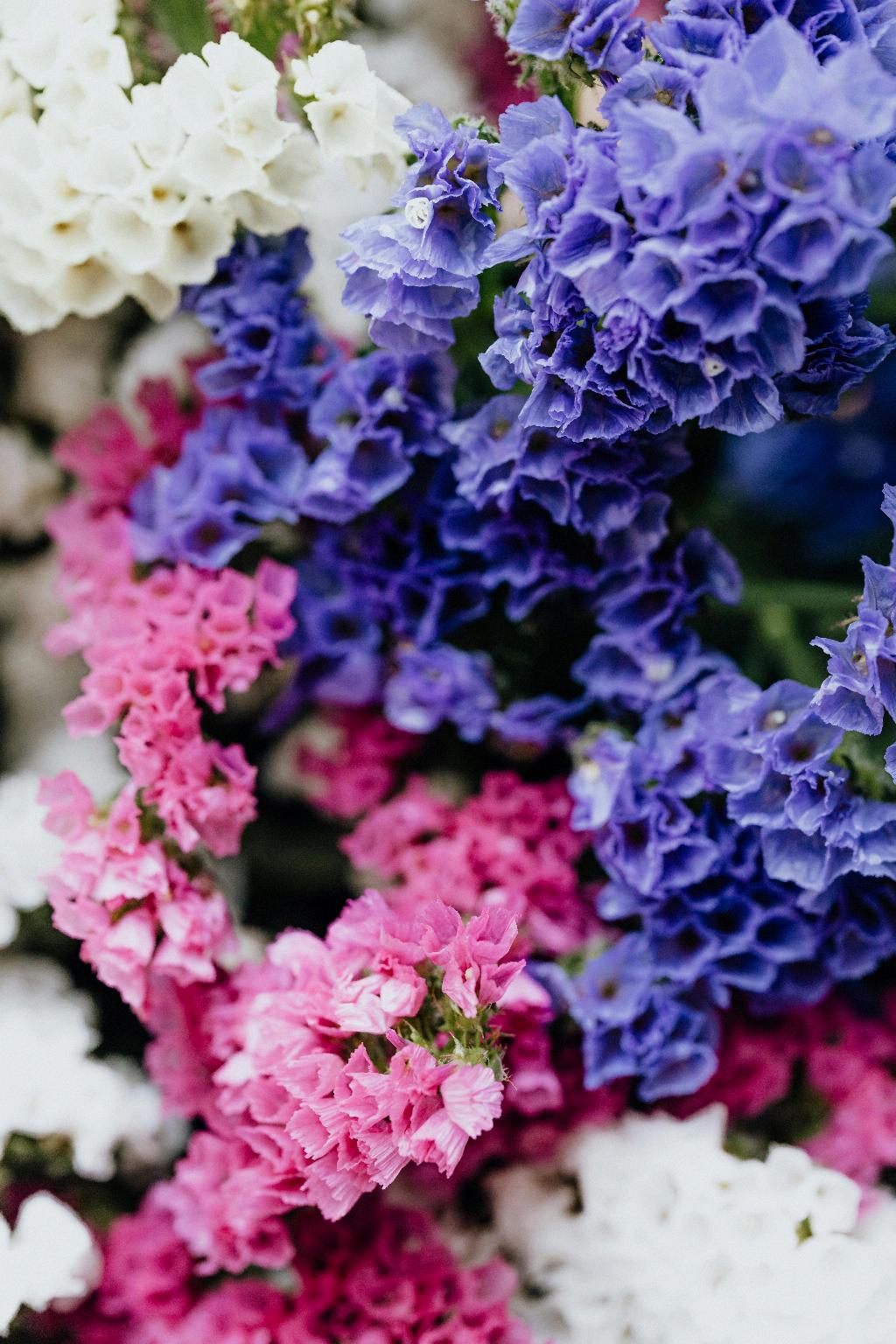Hydrangeas are beloved for their stunning blooms that come in a variety of colors, from soft pinks to vibrant blues. However, if your hydrangea is not blooming as expected, there could be several factors at play.
1. Temperature Sensitivity
One common reason why a hydrangea may fail to bloom is due to temperature fluctuations. Hydrangeas are sensitive to extreme cold temperatures, especially in the spring when buds are forming. It is essential to protect your hydrangea from freezing temperatures by covering it with a blanket or sheet.
2. Insufficient Light
Another factor that can prevent a hydrangea from blooming is inadequate light exposure. Most hydrangea varieties require at least 3-4 hours of direct sunlight to produce blooms. If your hydrangea is planted in a shady area, it may struggle to bloom.
3. Improper Pruning
Pruning plays a crucial role in the blooming of hydrangeas. Pruning at the wrong time or too aggressively can remove flower buds and inhibit blooming. It is essential to know the specific pruning requirements of your hydrangea variety to ensure optimal blooming.
4. Nutrient Deficiency
A lack of essential nutrients, such as phosphorus, can also impact the blooming of hydrangeas. Phosphorus is vital for flower production, so ensuring your hydrangea receives a balanced fertilizer with adequate phosphorus levels can promote blooming.
5. Overfertilization
On the flip side, overfertilization can also hinder blooming in hydrangeas. Excessive nitrogen in the soil can lead to lush green growth at the expense of flowers. It is crucial to follow a fertilization schedule and avoid overfeeding your hydrangea.
6. Watering Issues
Inconsistent watering or waterlogged soil can stress hydrangeas and prevent them from blooming. Hydrangeas prefer moist but well-drained soil, so be mindful of watering practices to ensure optimal blooming conditions.
7. Age of the Plant
Young hydrangea plants may take some time to establish themselves before producing abundant blooms. It is not uncommon for newly planted hydrangeas to focus on root development initially, delaying blooming until they are more established.
8. Incorrect Variety for the Climate
Choosing the right hydrangea variety for your climate is essential for successful blooming. Some hydrangea varieties thrive in specific climates, so selecting a variety that is well-suited to your region can improve blooming success.
9. Pest and Disease Infestations
Pest infestations, such as aphids or mites, can damage hydrangea buds and inhibit blooming. Similarly, diseases like powdery mildew can impact overall plant health and blooming. Regular monitoring and proper pest and disease management are crucial for blooming success.
10. Environmental Stress
Environmental factors such as extreme heat or drought can stress hydrangeas and affect blooming. Providing adequate protection and care during periods of extreme weather can help mitigate stress and promote blooming.
11. Improper Planting Depth
The planting depth of a hydrangea can also impact its blooming. Planting too deep or too shallow can disrupt root development and blooming. Ensuring the correct planting depth according to the specific hydrangea variety is essential for blooming success.

12. Patience and Observation
Finally, patience and observation are key when addressing blooming issues in hydrangeas. It may take some time to identify the underlying cause of poor blooming, so consistent care, proper maintenance, and attentive observation are essential for helping your hydrangea thrive and bloom beautifully.
